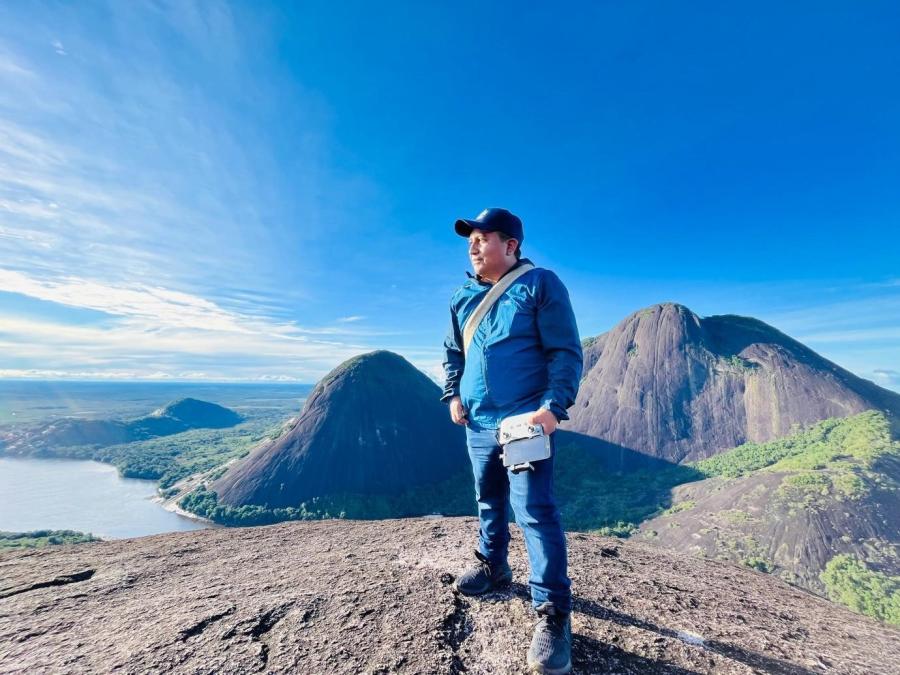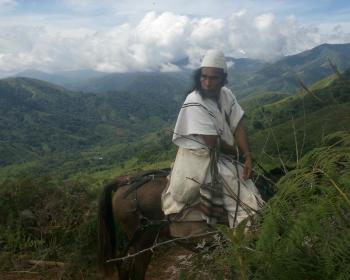Indigenous Peoples in Colombia represent a rich cultural and ancestral diversity that has existed in the territory of Abya Yala long before the arrival of European colonizers. The people here have inhabited these lands for millennia, preserving their traditions, languages, ancestral knowledge, and systems of social organization.
It is estimated that there are around 115 Indigenous Peoples in Colombia, each with its own cultural identity, worldview, and ways of existence derived from their deep connection with the land, which is considered not only a means of subsistence but also a spiritual and cultural element in their lives.
Indigenous Peoples in Colombia have faced various challenges throughout history, including neo-colonization, discrimination, the loss of their ancestral lands, and State and paramilitary violence. Despite this, they have resisted tenaciously, adapting and preserving their traditions and ways of community life.
Through a Keepers of the Earth Fund, Cultural Survival supported the Inga Peoples in Colombia through a grant to the Runapacha Collective in 2023, a group of Indigenous youth belonging to the Inga community of Santiago, Putumayo. Through the project “The Inga mother tongue and the Chumbe artisanal fabric, two elements of life for the Inga community,” the Collective began relearning of their mother tongue and artisanal fabric for the survival of their original philosophy and culture.
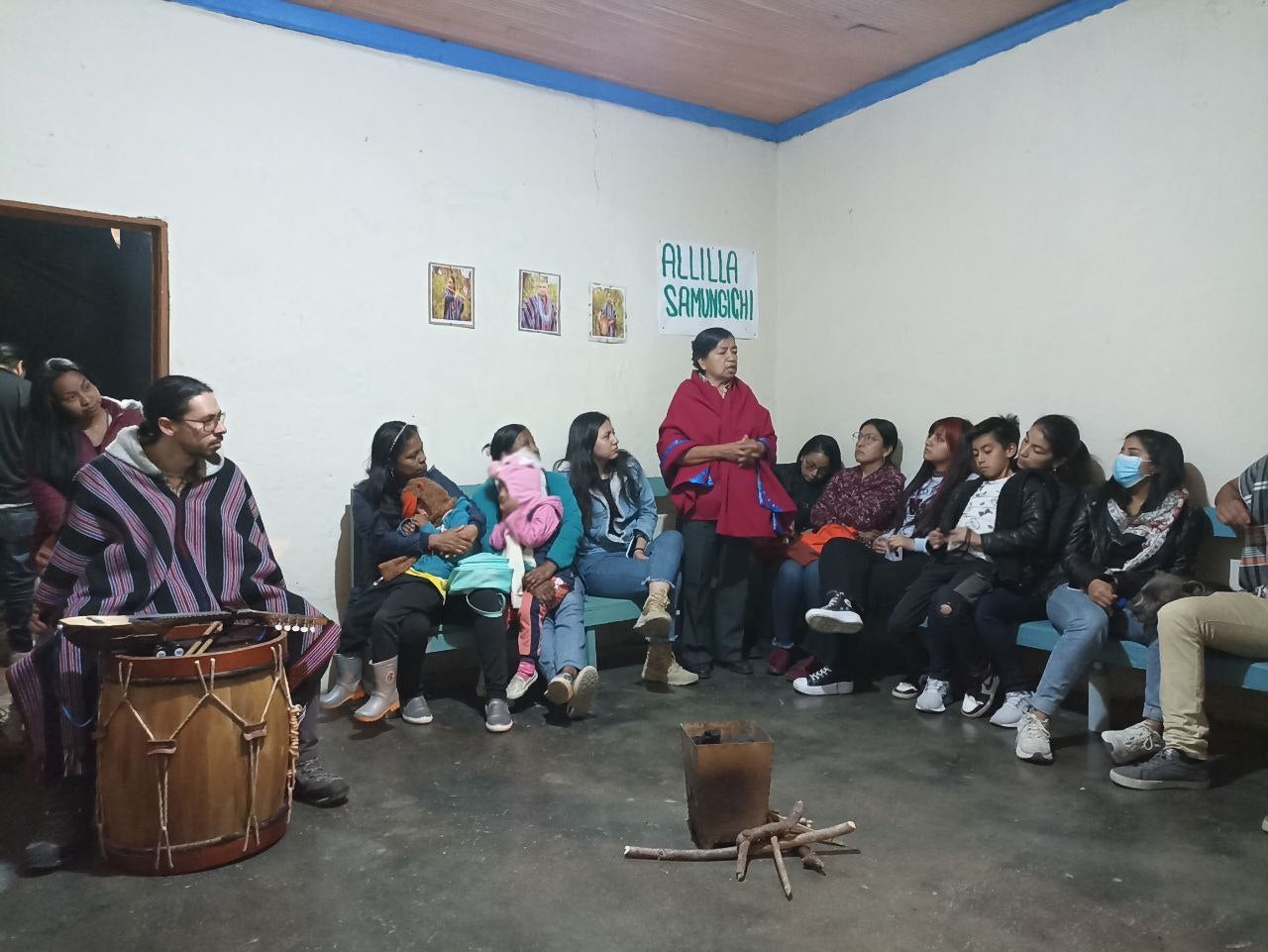
Runapacha dialogue
The project began with two intergenerational knowledge dialogues between Elders and youth from the community. This process showed them the highly symbolic language and the vast history of culture and identity that the Chumbe fabric contains within its forms.
During the development of the project, 10 of the community’s most important and frequently used weaving symbols were identified, decoded, and translated into Inga, Kichwa, and Spanish. In addition, guide cards with QR codes were developed with the information about each symbol, accompanied by small audio clips containing phrases and thoughts derived from the meetings with the teachers. The clips also contain ambient sounds from the environment, becoming poetry and prayers.
To finish the project, Chumbe weaving workshops were developed to complement community learning. The virtual cards used for the process were a novelty for the Elders and educational for the youngest. This project harnessed technology to allow information to be disseminated more quickly, with permission from the Elders as caretakers of the meaning of their culture.
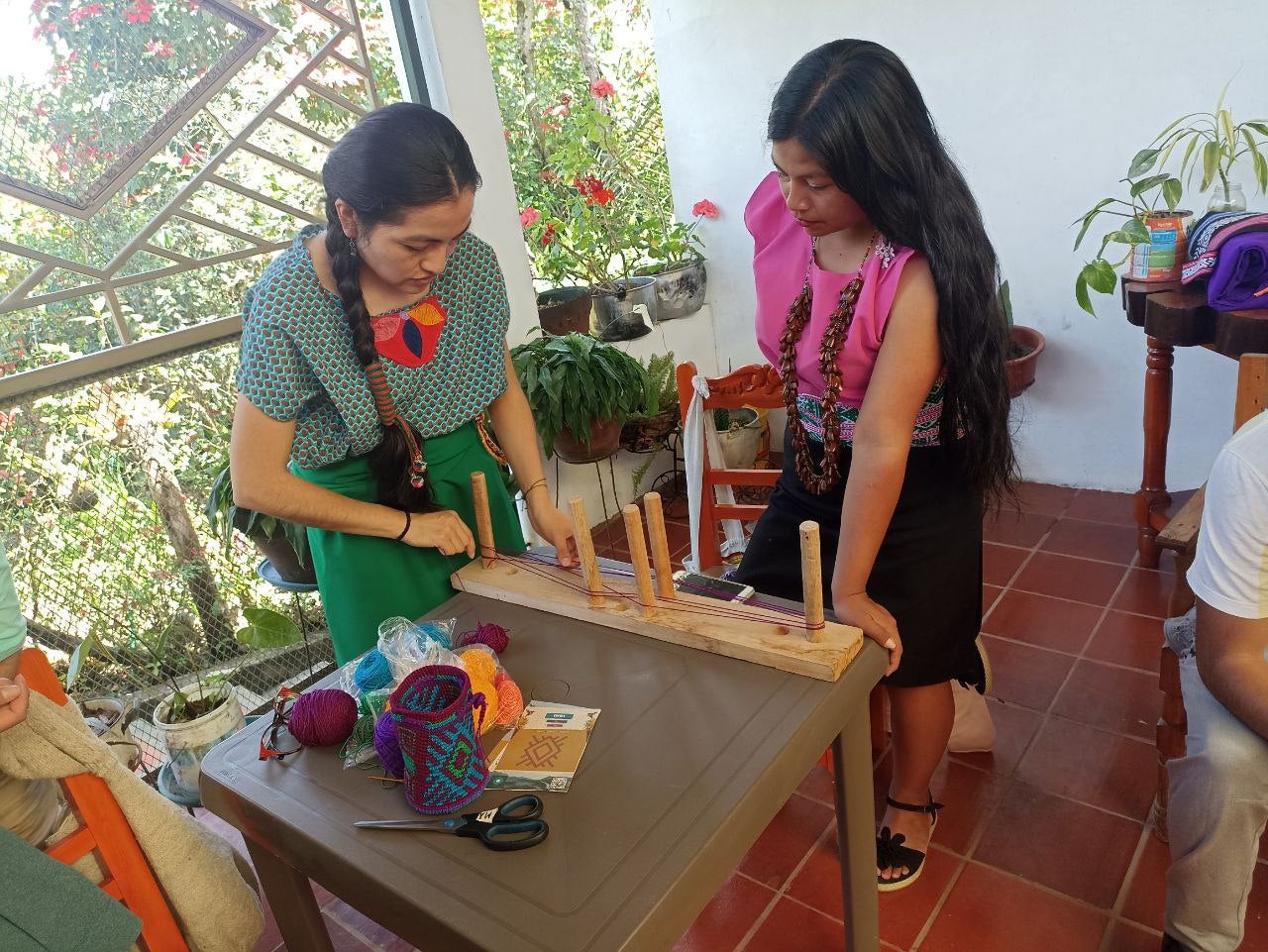
Below are some thoughts from our partners.
Illapa Taruka Ruiz: “I was struck by the magic and harmony of the stories and traditions of the Inga community. The information we learned about the community is very sacred and it has been very important to document it in three languages in the cards elaborated in the project. All of this is a great contribution to the community and we must continue looking for ways to continue recording, writing, and making music around this knowledge. Yupaychani (Thank you) in Kichwa.”
Sofia Tobar Tisoy: “This project leaves me with a great understanding of the meanings of the symbols of the Chumbe, some completely unknown and others I learned in workshops and meetings. This leads me to want to continue learning. Grandmothers have a lot to tell us and we must listen to them because time transforms and we can lose this valuable knowledge. I am very grateful for this project.”
Gabriel Tisoy Alpala: “I had the opportunity to accompany the recording of the audio clips and I liked what can be done to document knowledge through microphones and music. Colonization in our community impacted us and told us our language was ‘not worth it,’ but I think that it does have a lot of value. I follow the wisdom of taking an ambiwaska or ayahuasca medicine, and when you live this experience, you can understand that the language of our community has a connection with the universe and has a special meaning with life.”
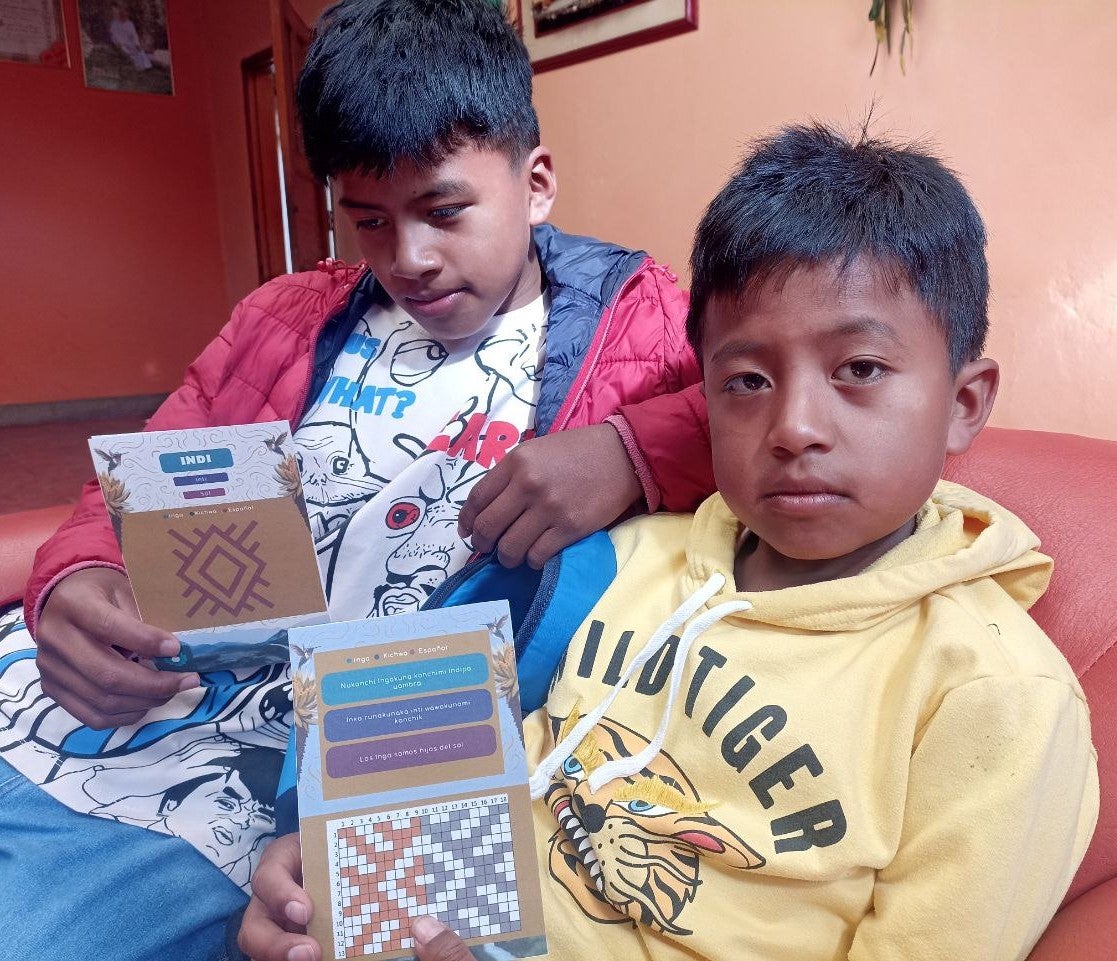 Virtual cards
Virtual cards
Top picture: During a "Chumbe" weaving workshop. All pictures by Runapacha Collective.
In 2023, the Runapacha Collective received a Keeper of the Earth Fund grant to support their work. KOEF is an Indigenous-led fund within Cultural Survival designed to support the advocacy and community development projects of Indigenous Peoples. Since 2017, KOEF has funded 310 projects in 41 countries through small grants totaling $1,603,307, as well as provided technical assistance benefiting 328 Indigenous Peoples. KOEF provides grassroots Indigenous-led communities, organizations, and traditional governments to support their self-determined development projects based on their Indigenous values. Predicated on the United Nations Declaration on the Rights of Indigenous Peoples, Cultural Survival uses a rights-based approach in our grantmaking strategies to support Indigenous grassroots solutions through the equitable distribution of resources to Indigenous communities.
